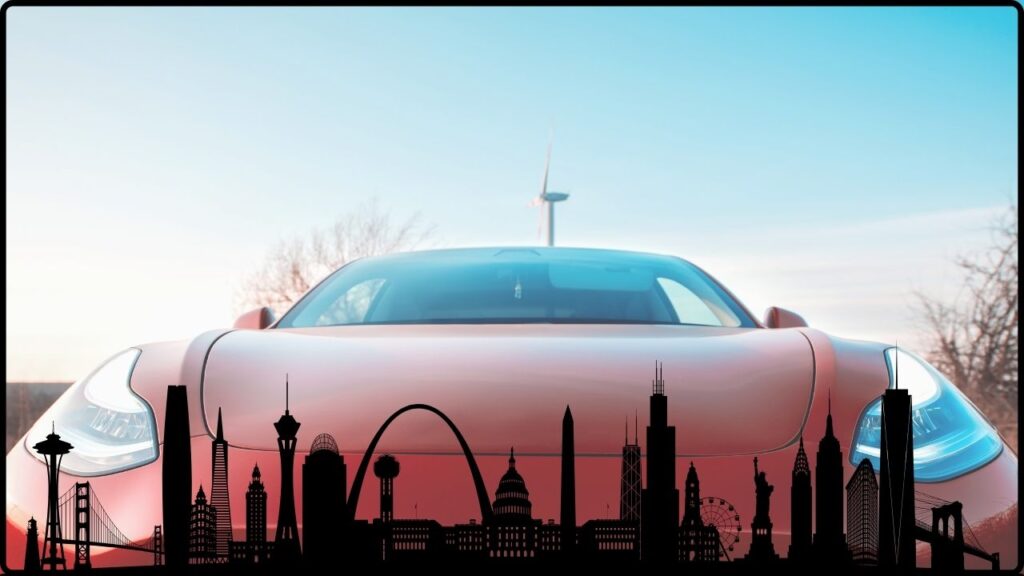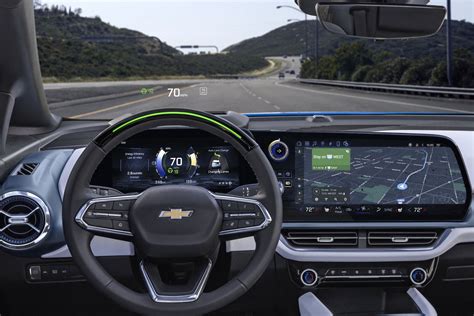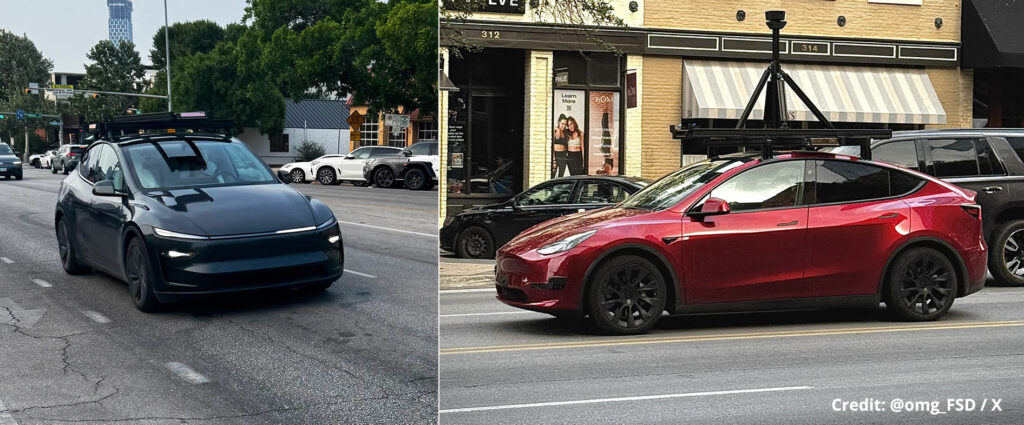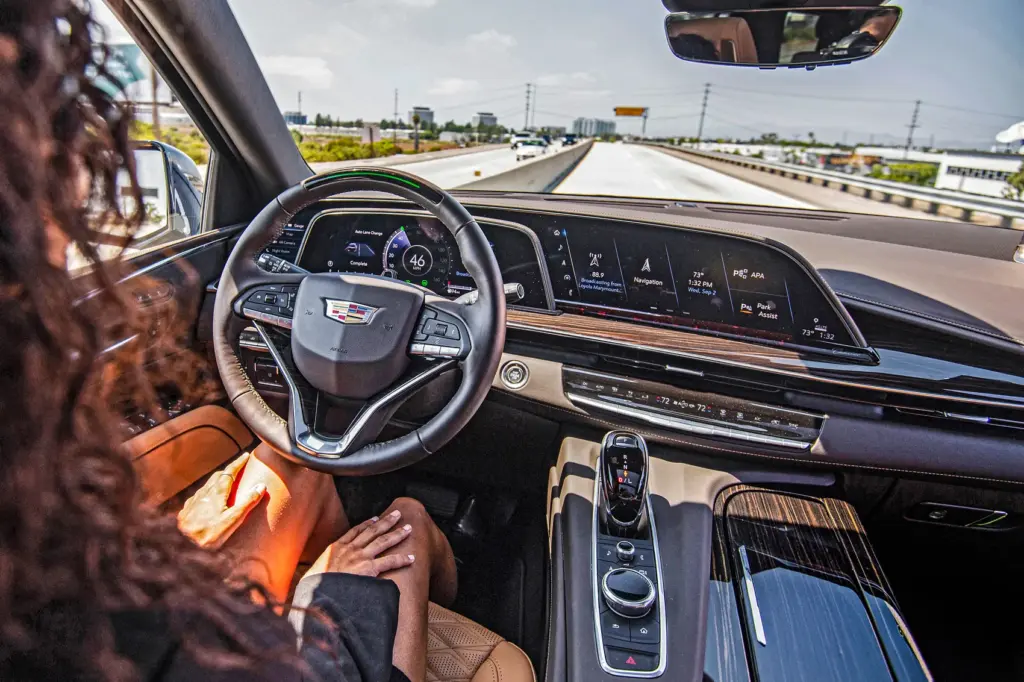
U.S. Makes Radical Decision on Autonomous Vehicles: The United States has officially ushered in a new era for transportation. In a move that has sent shockwaves through the automotive and tech industries, the National Highway Traffic Safety Administration (NHTSA) in June 2025 announced a radical policy shift: carmakers are now allowed to produce and deploy up to 2,500 fully autonomous vehicles per year without traditional human controls like steering wheels, pedals, or mirrors.
This bold regulatory change has one clear goal—accelerate the safe deployment of autonomous vehicles (AVs) on American roads and ensure that the U.S. remains a global leader in this transformative technology. Industry giants like Tesla and General Motors (GM) have wasted no time preparing their fleets, with Tesla set to launch real-world robotaxis by the end of June 2025. This article will walk you through everything you need to know—from what the new rules mean to how automakers are responding, and why this moment could be the biggest automotive turning point since the Model T.
U.S. Makes Radical Decision on Autonomous Vehicles
The U.S. government has made it official: driverless cars are no longer a dream—they’re our future. With Tesla set to launch the country’s first robotaxi fleet and GM investing in safer driving technologies, America’s roads are about to look very different. This isn’t just about convenience. It’s about transforming how we work, live, and move—safely and smartly. Like every revolution, this one comes with both risks and rewards. But one thing’s for sure: the auto industry will never be the same again.
| Topic | Details |
|---|---|
| Policy Change | NHTSA now permits up to 2,500 autonomous vehicles without steering wheels or pedals per manufacturer annually |
| Tesla’s Strategy | Launching robotaxis in Austin, TX between June 22–30, 2025 |
| GM’s Pivot | Shutting down Cruise robotaxi operations to focus on Super Cruise and Ultra Cruise ADAS technologies |
| Market Forecast | Global AV market projected to reach $2.3 trillion by 2030 (Statista) |
| Regulatory Source | NHTSA Official Website |
| Safety Assurance | Real-time data monitoring and federal oversight remain mandatory |
A Historic Timeline: AV Policy Milestones in the U.S.
Understanding how we got here is key. Here’s a brief timeline of key events in the U.S. AV journey:
| Year | Milestone |
|---|---|
| 2015 | Tesla introduces Autopilot |
| 2018 | Waymo launches commercial AV rides in Arizona |
| 2021 | GM’s Cruise begins testing fully autonomous cars in San Francisco |
| 2023 | California suspends Cruise’s license after high-profile incidents |
| 2025 | NHTSA revises exemption process to fast-track autonomous vehicles |
This decision comes after nearly a decade of tests, pilot programs, and policy debates. With the June 2025 ruling, regulators have shown they’re ready to lean into the future—with guardrails, of course.

Tesla’s Robotaxi Reality: From Concept to Concrete
For years, Tesla CEO Elon Musk has promised a future filled with self-driving cars. Critics often labeled those promises as overly ambitious or even unrealistic. But this time, Tesla is ready to deliver.
In late June 2025, Tesla will launch its first fleet of 10–20 autonomous Model Y robotaxis in Austin, Texas. These cars won’t need special hardware changes. Instead, they’ll run on Tesla’s Full Self-Driving (FSD) software, backed by the powerful Dojo AI training system.
The robotaxi experience will be app-based, similar to Uber or Lyft, but without a human driver behind the wheel. Instead, passengers will be greeted by a sleek, self-directed car that navigates to the pickup spot, opens its door automatically, and drives to the destination—handling stop signs, pedestrians, and freeway merges all on its own.
Tesla believes these early pilots will prove the business case for AVs. The goal? To scale from dozens of robotaxis in 2025 to hundreds of thousands by 2026.

GM’s Strategy: Safer Steps with Smart Driving Systems
While Tesla is going bold, General Motors is taking a different route. After its Cruise division faced multiple safety setbacks—including the suspension of its license in California—GM made a strategic pivot. In 2025, the company officially discontinued Cruise’s robotaxi operations.
Instead, GM is investing heavily in Advanced Driver-Assistance Systems (ADAS)—technologies that make driving easier and safer without fully replacing the human driver.
Key features of this strategy include:
- Super Cruise, a hands-free highway driving system already available in several Cadillac models
- Ultra Cruise, launching in 2026, which aims to cover 95% of U.S. driving scenarios
- A new collaboration with NVIDIA, using advanced chips and AI to improve real-time decision-making
GM believes this phased, cautious approach will help consumers and regulators build trust in autonomous technology.
How the U.S. Compares to Other Countries?
The United States is now catching up with countries like China, Germany, and the UK, which have already moved forward with autonomous vehicle testing and deployment.
| Country | AV Development Highlights |
|---|---|
| China | Baidu’s Apollo Go robotaxi services are live in 10+ cities |
| Germany | Legalized Level 4 autonomy on highways |
| UK | Passed AV legislation, targeting full AV use by 2026 |
| U.S. | Newly updated NHTSA rules permit 2,500 human-control-free AVs annually |
Global competition is heating up. China, in particular, has made huge investments in AI-driven mobility. The U.S. policy shift is not just about safer roads—it’s also about staying ahead economically.
U.S. Makes Radical Decision on Autonomous Vehicles: Practical Implications for Americans
What does this mean for everyday folks? Let’s look at how this impacts different groups.
For Everyday Drivers:
- Expect to share roads with fully autonomous vehicles in major cities
- You might not need to own a car if robotaxis become cheaper and widespread
- Insurance and DMV regulations will adapt—stay informed via your local department
For Tech Workers and Engineers:
- Huge growth in AV-related jobs: software engineers, machine learning specialists, safety operators
- New certifications and licenses may be needed in AV development and operations
For Investors:
- Tesla, NVIDIA, Mobileye, and GM are key stocks to watch
- AV-focused ETFs like DRIV and IDRV may benefit as adoption increases

Ethical and Social Considerations
As with any disruptive tech, AVs come with tough questions.
Who Benefits:
- Elderly and disabled populations gain newfound mobility
- Families in underserved rural areas may access lower-cost transportation
- Emissions may decrease if AVs run on clean energy and are shared
Who’s At Risk:
- Millions of workers in driving-related roles (e.g., truckers, taxi drivers)
- Low-income communities might be left behind if AVs remain expensive or unavailable
- Data privacy becomes a concern as AVs collect detailed behavioral patterns
Experts urge policymakers to ensure equitable deployment and workforce retraining programs.
Dr. Regina Clewlow, a transportation policy expert at Stanford, notes:
“Autonomous vehicles must be rolled out in a way that includes—not excludes—the communities who need them most.”
How AV Approval Works Under the New Rule?
Here’s how carmakers can legally roll out AVs without steering wheels or pedals:
- Submit Exemption Request
Companies file a request with NHTSA under Section 555. - Safety Review
They must prove that the vehicle is as safe—or safer—than a human-driven car. - Public Comment Period
Regulators may open the application for public feedback. - Approval Issued
If approved, up to 2,500 units may be produced annually under the exemption. - Post-Deployment Monitoring
Companies must report crashes, malfunctions, and system failures.
Texas DPS Launches New Online Renewal System—Your Next License Update Could Be Just a Click Away
No Gas, No Diesel; Rehlko’s New Engine Shocks America with Bold Electric-Hydrogen Fusion
Japan’s Latest Supercar Is a Sci-Fi Dream Come True—Meet the AI-Driven Machine of the Future











